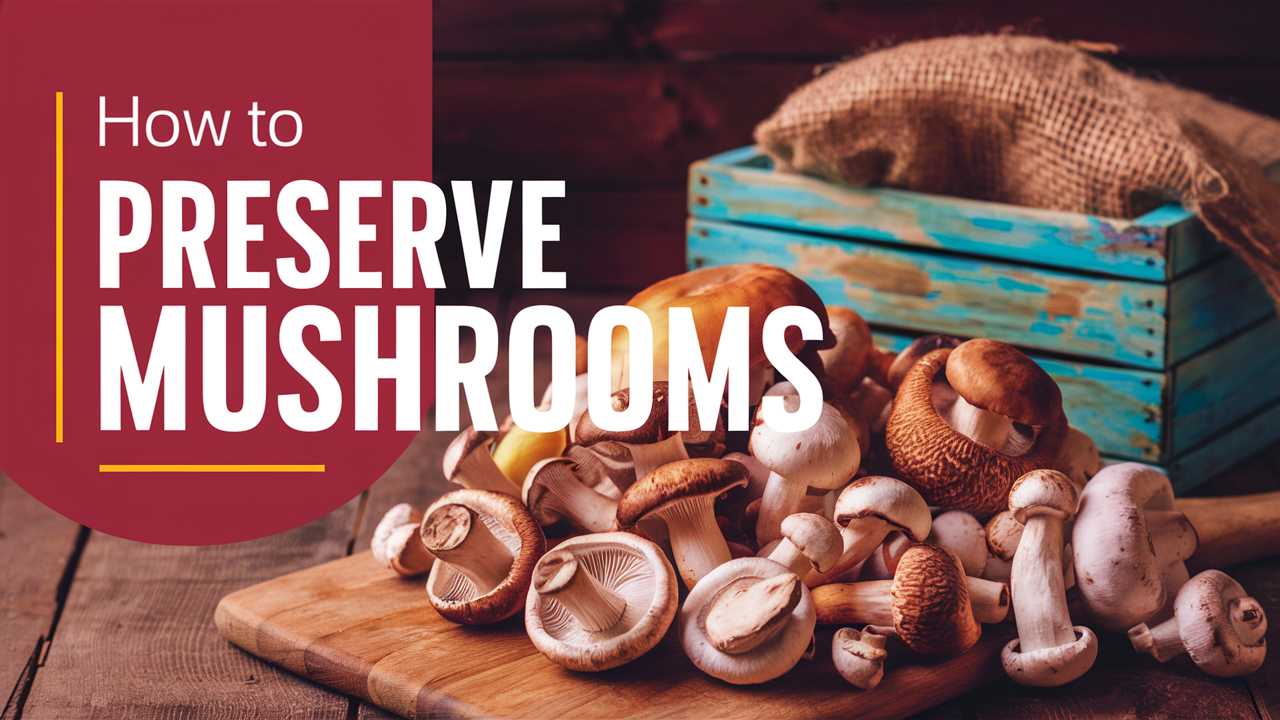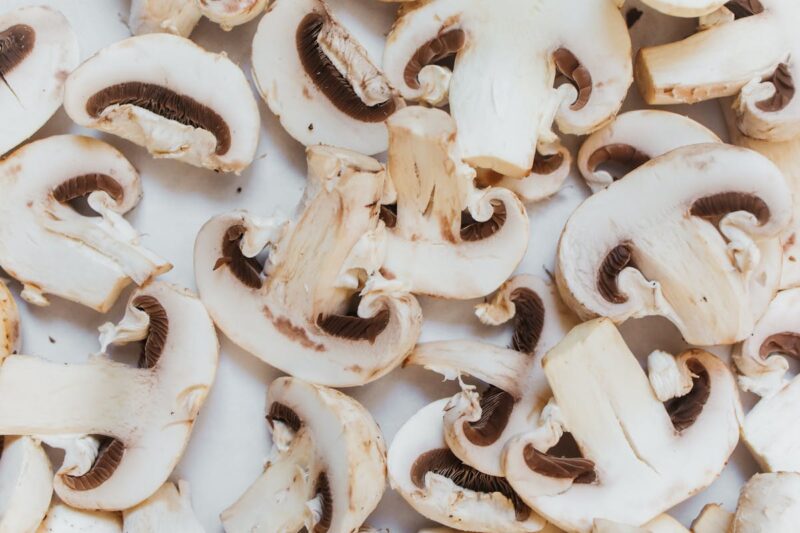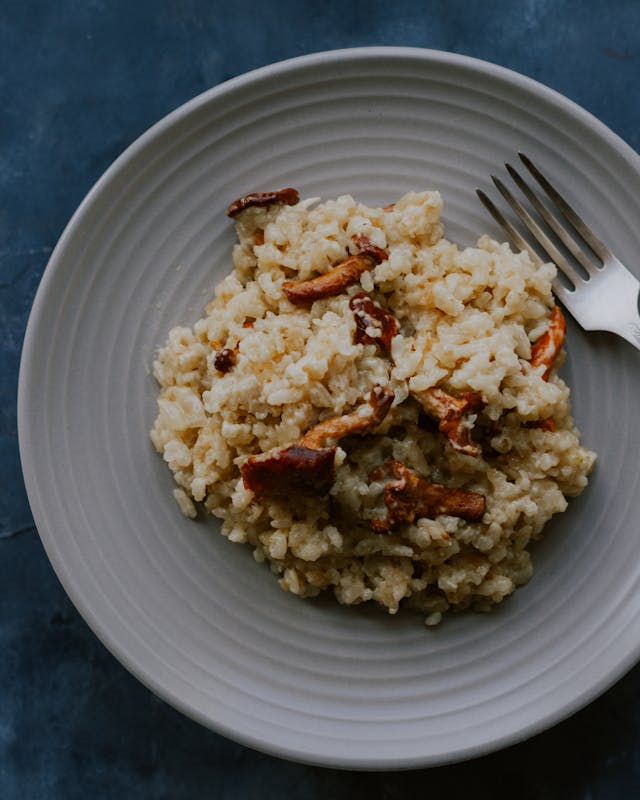Mushrooms are one of nature’s most versatile and flavorful ingredients. From enhancing a simple pasta dish to being the star of an elaborate risotto, they bring unique textures and rich umami flavors to the table. However, like many natural foods, they can spoil quickly if not used in time. Learning how to preserve mushrooms not only helps reduce waste but also allows you to enjoy their distinctive taste throughout the year.
This guide will explore various methods to preserve these delightful fungi, ensuring that you can savor them long after the harvest season.
When to Preserve Mushrooms
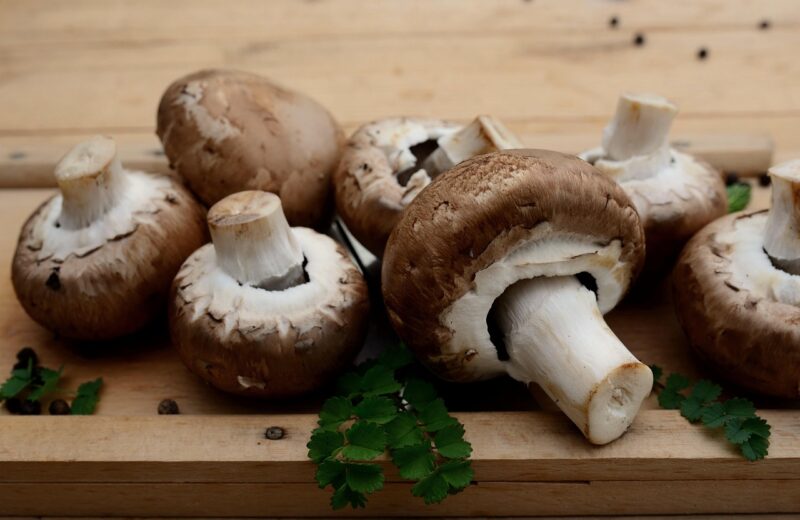
Timing is crucial when it comes to preserving mushrooms. Freshly harvested mushrooms taste best and retain the highest nutritional value. If you purchase mushrooms from the market, consider preserved options to prolong their freshness. Generally, mushrooms should be preserved if they start to show signs of aging, like becoming slimy or having a strong smell. Fresh mushrooms typically have a firm texture and a pleasant, earthy aroma.
You might also want to think about preserving mushrooms after foraging expeditions. If you’re hiking in the woods and come across a bountiful mushroom patch, knowing how to preserve your finds can elevate your culinary options for the entire year.
Cleaning Mushrooms: The First Step to Preservation
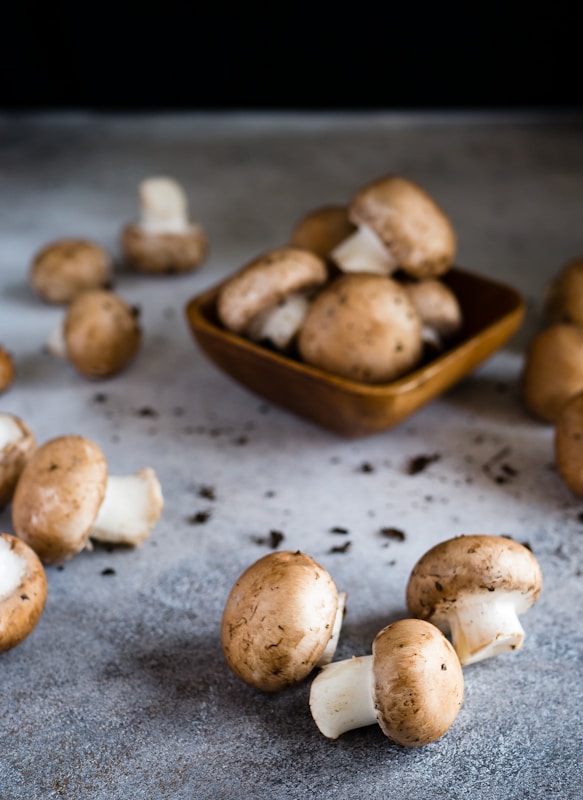
Before you can preserve mushrooms, they need to be clean. It’s essential to handle them gently, as mushrooms are delicate and can be easily bruised. The cleaning process can vary depending on the type of mushroom.
Most mushrooms can benefit from a simple wipe with a damp cloth or a soft brush to remove dirt. Soaking mushrooms in water is generally discouraged, as they can absorb moisture and become soggy. For sturdy mushrooms like portobellos, you can use a small amount of water to help ease the dirt off, but be sure to dry them immediately afterward.
Some experts suggest avoiding washing altogether, relying solely on brushing. This method is less messy and maintains the mushroom’s integrity. Your cleaning process should leave the mushrooms looking fresh, dry, and free of debris.
Different Methods of Preservation
Mushrooms can be preserved in several ways, each method providing unique flavors and textures. Let’s explore various techniques for preserving mushrooms, ensuring each is detailed and insightful.
Drying Mushrooms
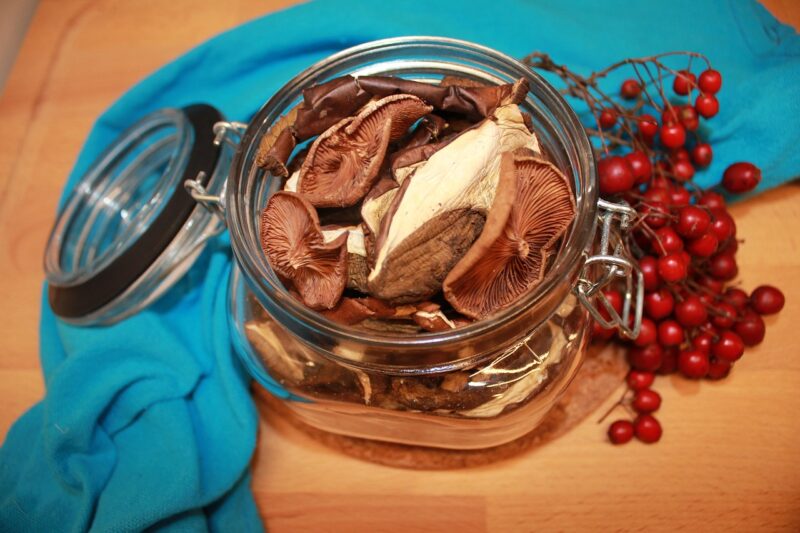
Drying mushrooms is one of the oldest and most popular methods of preservation. It transforms the texture and flavor of mushrooms, leading to concentrated umami tastes that can enhance your dishes.
To dry mushrooms, you can use a dehydrator, an oven, or air drying. Each method requires you to slice the mushrooms into uniform pieces to ensure even drying.
Dehydrator: If you have a dehydrator, this is the easiest route. Spread the mushrooms on the trays in a single layer and set the temperature to about 125°F (52°C). Depending on the type and thickness, drying can take anywhere from four to ten hours. Once completely dried, mushrooms should be brittle and shatter easily.
Oven Drying: Preheat your oven to its lowest setting (usually around 150°F or 65°C). Place the mushrooms on a baking sheet and leave the door slightly ajar to allow moisture to escape. Check periodically to avoid overcooking.
Air Drying: This method works best in low-humidity environments. Thread mushrooms onto a string or use a drying rack. Hang them in a warm, dry, well-ventilated place. This could take several days but results in a wonderfully intense flavor.
After drying, store mushrooms in airtight containers in a cool, dark place. Properly stored, dried mushrooms can last for several months, retaining their flavor and nutritional content.
Freezing Mushrooms
Freezing is another excellent way to preserve mushrooms, especially for those who prefer to maintain the mushrooms’ original texture. The freezing process helps to lock in flavors and nutrients.
Before freezing, mushrooms should be blanched. Blanching briefly cooks mushrooms in boiling water, followed by a quick plunge into ice water to stop the cooking process. Here’s how to do it effectively:
Clean the mushrooms and slice them if necessary.
Bring a pot of water to a boil and prepare a bowl of ice water.
Blanch the mushrooms for about 2 to 4 minutes, depending on the size and type.
Transfer the blanched mushrooms to the ice water for an equal duration, and then drain thoroughly.
Pat dry with paper towels to remove excess moisture before placing them in freezer bags or containers.
Take care to label your containers with dates for easy reference. Frozen mushrooms can be stored for up to a year, making them a convenient option for later use in soups, sauces, or stir-fries.
Pickling Mushrooms
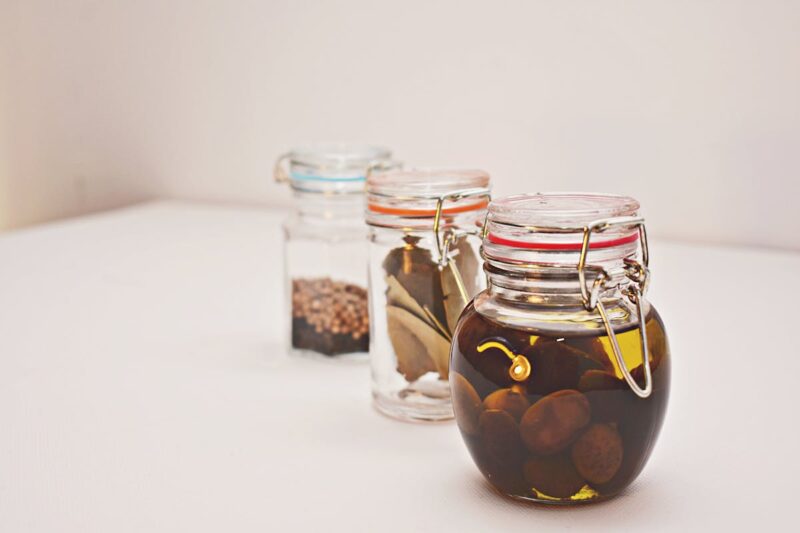
Pickling is a delightful way to preserve mushrooms, giving them a tangy flavor. This method not only increases shelf life but adds an exciting dimension to your culinary repertoire.
To pickle mushrooms, you’ll need:
Fresh mushrooms (small varieties work best)
A pickling solution (typically a mixture of water, vinegar, salt, and sugar)
Spices (like bay leaves, garlic, and peppercorns)
Clean the mushrooms and prepare your pickling solution. Bring it to a boil.
Add the mushrooms to the boiling solution and cook for a few minutes.
Pack the mushrooms into sterilized jars and top with the pickling liquid, ensuring the mushrooms are completely submerged.
Seal the jars and process them in a boiling water bath for about 10 minutes.
Allow at least a week for the flavors to meld before tasting your pickled mushrooms. They can last for several months in the pantry, adding zest to salads, antipasto platters, or sandwiches.
Canning Mushrooms
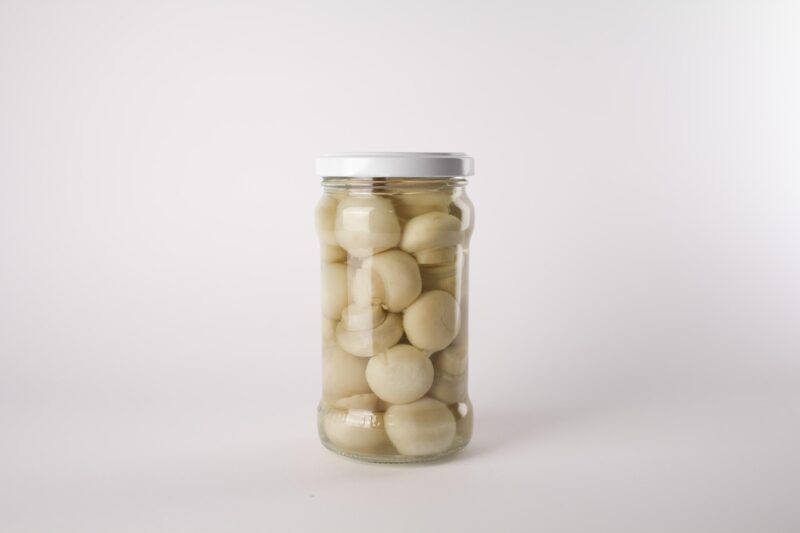
Canning is a safe and effective way to preserve mushrooms, allowing you to keep them for extended periods while ensuring food safety. This method requires a pressure canner, as mushrooms are low-acid foods.
Clean the mushrooms and prepare a brine (usually a hot vinegar solution).
Fill sterilized jars with mushrooms and cover them with the hot brine, leaving appropriate headspace.
Seal the jars and process them in a pressure canner for the recommended time, usually around 30 minutes.
Canned mushrooms can be used in countless recipes and can last for years if stored properly.
Sauces and BrothsAnother creative way to preserve mushrooms is to incorporate them into sauces or broths that can be frozen for future use. For instance, blending mushrooms into a rich wild mushroom sauce or adding them to vegetable broth before freezing elevates the flavor.
Cook the mushrooms down into a sauce, combining them with ingredients like garlic, onion, cream, or herbs. Once cooled, pour the sauce into ice cube trays for easy portioning. Each cube becomes a flavor bomb to enhance your future meals.
The Flavor Benefits of Preservation
When considering how to preserve mushrooms, it’s important to highlight the flavor benefits. Each technique accentuates the mushroom’s inherent umami, but they can also introduce new flavors to your palette.
Dried mushrooms, for example, lend a delightful depth to dishes when rehydrated. The pickling process introduces tang and acidity, enhancing the overall taste experience. Freezing while preserving texture allows you to retain that fresh, just-harvested flavor. Understanding these nuances not only helps you appreciate the mushrooms themselves but also inspires creativity in the kitchen.
Incorporating Preserved Mushrooms in Your Cooking
Once you’ve preserved your mushrooms, the next challenge is knowing how to use them. Here are some innovative ways to incorporate preserved mushrooms into your meals:
Soups and Stews: Dried or frozen mushrooms can be revitalized in brothy soups and hearty stews. Simply add them directly to the pot; they will absorb flavors and contribute their own! A simple mushroom soup, where both fresh and preserved mushrooms combine, offers a robust flavor packed with nutrients.
Pasta Dishes: From creamy mushroom carbonara to a simple garlic and mushroom pasta, preserved mushrooms add depth and richness. If using dried mushrooms, remember to rehydrate them beforehand for the best texture.
Stir-fries: Sauté preserved mushrooms in a wok with a rainbow of vegetables for a quick and healthy meal. The mushrooms’ umami will enhance the overall taste, melding beautifully with soy sauce and spices.
Garnishes: Pickled mushrooms make an excellent contrast to rich meats or creamy dishes. Serve them on charcuterie boards or alongside cheeses to elevate your appetizer game.
Common Mistakes When Preserving Mushrooms
While preserving mushrooms can be simple, errors can lead to spoilage or diminished flavor. Here are some pitfalls to avoid:
Inadequate Cleaning: Failing to clean mushrooms properly can result in dirt or bacteria entering your preserved products, leading to spoilage.
Incorrect Drying or Canning Temperatures: Always use the appropriate temperature and time specified for the preservation method you choose. Following established guidelines is crucial for food safety.
Poor Storage Conditions: Store your preserved mushrooms in a cool, dark place. Light and heat can degrade both flavor and safety.
Ignoring Quality: Always use fresh, high-quality mushrooms for preservation. Older mushrooms might not hold the desired flavor or texture after preservation.
Creative Recipes Incorporating Preserved Mushrooms
To inspire your culinary adventures with preserved mushrooms, here are a few delicious recipes:
Mushroom Risotto
1 cup Arborio rice
4 cups vegetable broth
1 cup rehydrated dried mushrooms, chopped
1 onion, diced
2 cloves garlic, minced
1 cup white wine
Parmesan cheese
Instructions: Sauté onion and garlic in olive oil. Add the rice, stirring until slightly translucent. Pour in white wine and let it evaporate. Gradually add broth, stirring regularly. Once the rice is al dente, stir in mushrooms and finish with parmesan.
Mushroom and Spinach Tart
Ingredients:
1 sheet puff pastry
2 cups sautéed mushrooms
2 cups fresh spinach
4 eggs
1 cup cream
Instructions: Preheat the oven to 375°F (190°C). Roll out the puff pastry and fit it into a tart pan. Sauté mushrooms and spinach, then let it cool slightly. Whisk eggs and cream together; combine with mushroom-spinach mixture and pour into the pastry. Bake until golden.
Pickled Mushroom Salad
Ingredients:
1 jar pickled mushrooms
2 cups mixed greens
1 diced cucumber
1/4 cup red onion
3 tbsp vinaigrette
Instructions: Toss greens with cucumbers, onion, and pickled mushrooms. Drizzle with vinaigrette and serve chilled.
Conclusion: The Joy of Preserving Mushrooms
Mastering the art of preserving mushrooms is magical. Not only do you extend the life of these delightful fungi, but you also unlock a myriad of culinary possibilities. The ability to incorporate flavors, textures, and nutrients from mushrooms throughout the year enriches your diet while being a sustainable choice.


